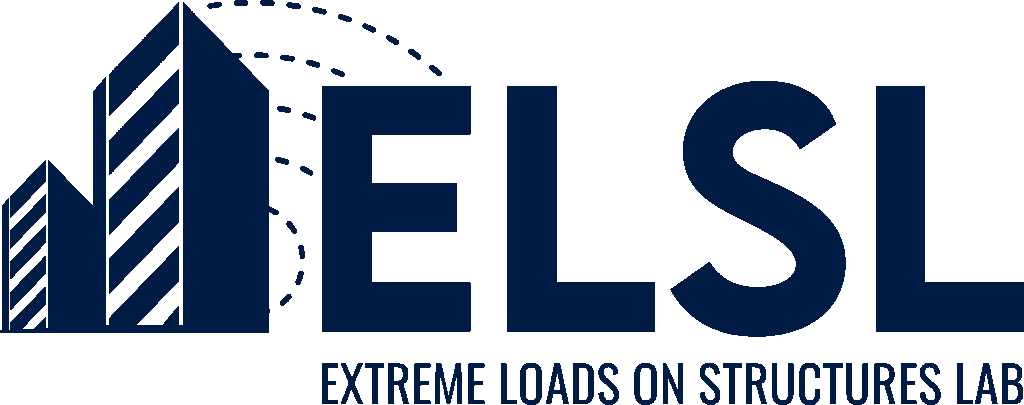

Extreme Loads on Structures Lab (ELSL)
Hezi Grisaro's Research Group

Welcome to the Extreme Loads on Structures Lab (ELSL), Dr. Hezi Grisaro's research group.
Dr. Grisaro is an Assistant Professor at the Faculty of Civil and Environmental Engineering, Technion - Israel Institute of Technology, a researcher at the National Building Research Institute, and the head of the Extreme Loads on Structures Lab (ELSL).
Our research group primarily focuses on the behavior and design of structures under extreme loads. Much interest has been given to the effects of blast and impact loads on structures.
We develop computational models to better understand the dynamics of structures and structural damage, and develop solutions based on analytical and numerical tools.
Main research areas:
- Analysis and design of structures subjected to blast and impact loadings
- Quantification and characterization of blast and fragmentation load
- Design and analysis of RC structures
News
Previous studies dealt with sacrificial layers made of aluminum foams as protective layers, in order to absorb energy and mitigate structural damage. The coupled dynamic response of the sacrificial layers and the structure that needs to be protected is complicated. While previous studies focused on aluminum foams with uniform density, here we investigate the application…
When structures are subjected to blast loads, a significant level of structural damage is generated. Because it is difficult to prevent damage, an alternative method suggests using sacrificial layers (e.g., Aluminum Foams – AF), which will experience the damage and absorb energy, and not the structural elements. Several studies modeled the coupled response of sacrificial…
Ola presented her first PhD seminar on “Advanced Modeling of Aluminum Foam Preforming as Sacrificial Layers for Protected Structures.”
PI: Dr. Hezi Y. Grisaro CO-PIs: Prof. Aaron Sprecher and Prof. Arnon Bentur We aim to investigate the potential to implement the design of 3D-printed concrete elements in existing design codes and procedures. As 3D-printed concrete elements are getting more popular and offer advantages to fabricating intricate geometries and optimizing structural elements, implementing the reinforcement for structural components…
We tested several mix types and measured their compressive and tensile strength. We got up to ~160 MPa in compression and ~18 MPa in tension in this batch. Thanks also to Dr. Jaswanth Gangolu for the technical help.
Follow us on Social Media: